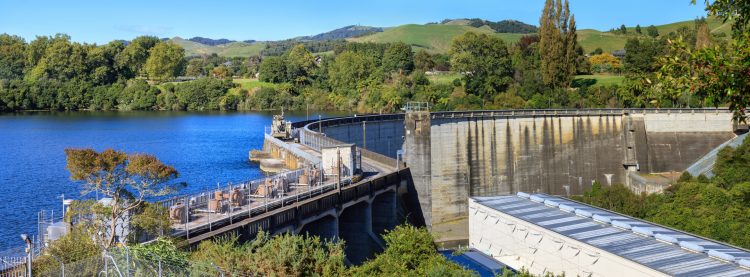꼭 봐야 할 명소
와이카토 리버 트레일
와이카토 리버 트레일은 와이카토 강과 함께 100km 정도 달린다.트레일은 토착 수풀의 자연의 아름다움, 이국적인 숲, 역사적인 랜드 마크, 흥미로운 암석과 지질 학적 즐거움, 초원 농지, 개방 보호 구역, 습지를 통과하는 보드워크 광대 한 호수와 강 전망을 포함하는 길을 따라 바람을 피웁니다.
테와이호우와 블루 스프링
수상 경력에 빛나는 이 트레일은 푸타루루 (Putāruru) 또는 레슬리 로드 (White’s Road) 근처 화이트 로드 (White지역 토지 소유자의 지원으로 지어진 멋지고 인기있는 트레일인 테 와이호우 워크웨이 (Te Waihou Walkway) 는 4.7km의 거리를 커버하며 평균 도보 시간은 1 시간 30 분 (또는 3 시간) 입니다.
지형은 걷기 편부터 백컨트리 트레킹까지 다양합니다.아름다운 폭포, 맑은 맑은 물, 풍부한 새를 즐길 수 있습니다.테 와이호우는 완전히 봄 먹이를 먹습니다.마마쿠 고원의 물은 블루 스프링에 도달하는 데 50~100년이 걸립니다.
뉴질랜드 생수의 70% 이상이 블루 스프링에서 나옵니다.뉴질랜드에서 가장 순수한 물로 분류됩니다.
포후타로아 산
강 위에 240m 우뚝 솟은 포후타로아 산 (520m) 은 현지 신화에서 눈에 잘 띄고 있습니다.부족 간 갈등 동안 전망대 역할을 한 바위는 장기간의 포위 공격의 장면이었습니다.
암석은 아티 아무리 수력 발전소에 의해 형성된 호수를 내려다보고 있습니다.포후타로아 산은 아시아무리 다리와 가까운 1번 국도 고속도로에서 볼 수 있습니다.
아라푸니 현수교
아라푸니 (
Arapuni) 마을에는 와이카토 강에 처음으로 건설된 수력 발전소와 댐이 있습니다.
발전소 위 54m 위에 매달려있는 현수교는 길이가 152미터이고 경사가 8m입니다.발전소 직원이 쉽게 접근 할 수 있도록 1925년에 제작되었습니다.다리 너머로 모험을 하는 분들은 아름다운 계곡의 장엄한 경관을 감상할 수 있습니다.
공공 화장실은 아라푸니 댐과 현수교에 있으며, 버스와 주차장을 이용할 수 있습니다.

















































